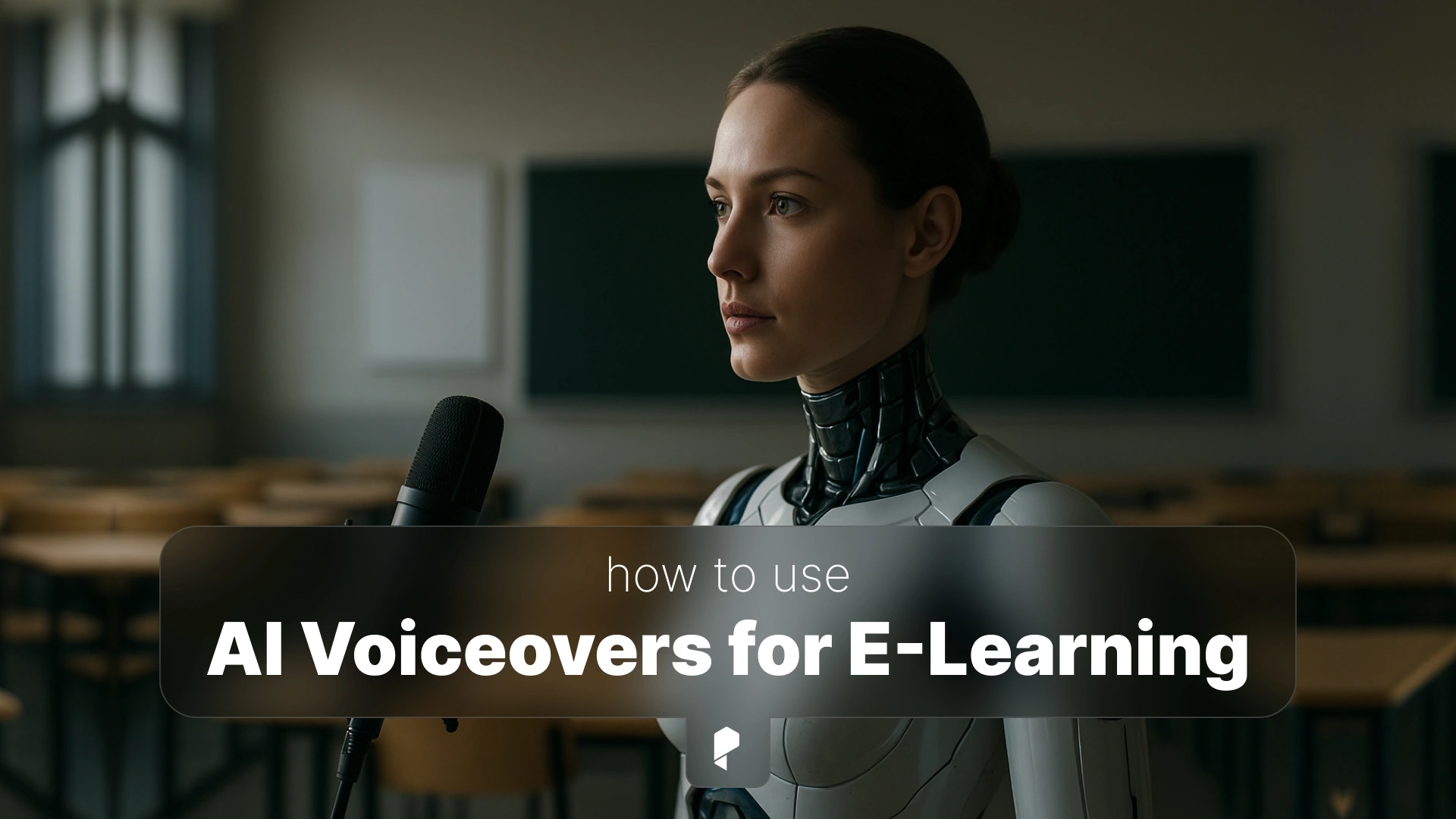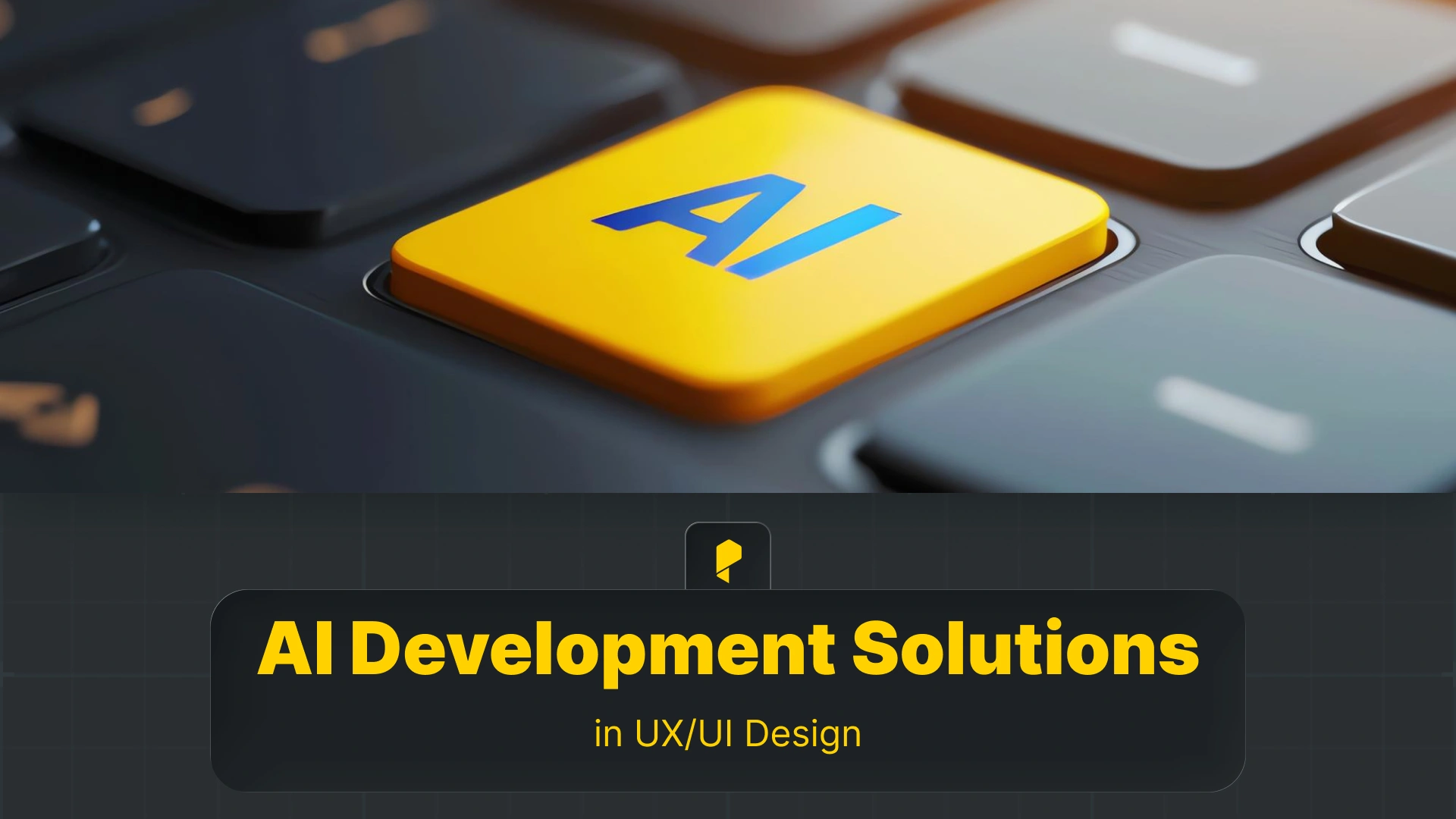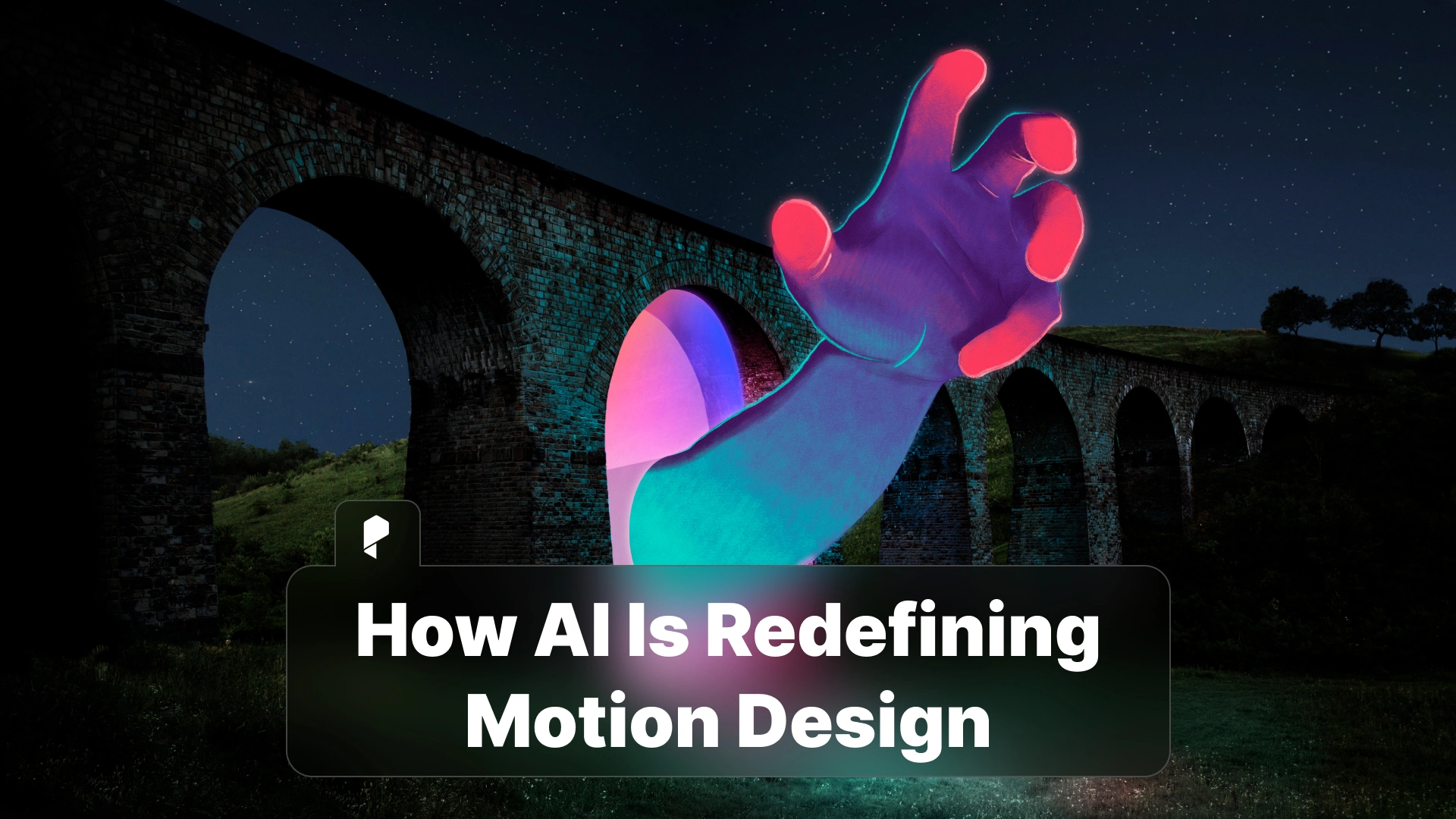AI Voiceovers for E-Learning & Online Courses: Transforming Digital Education

- The Growing Role of Voice in E-Learning
- Benefits of AI Voiceovers in Online Education
- AI Voiceovers for Different E-Learning Formats
- Multilingual Learning Made Easy
- Accessibility and Inclusivity
- Limitations to Consider
- Best Practices for Using AI Narration in Courses
- The Future of AI in Education Narration
A monotone or uninspiring voice can make even the most carefully designed lesson feel boring, causing learners to lose focus and motivation. At the same time, hiring professional voice actors can be both expensive and logistically challenging, especially when courses require frequent updates or must be delivered in multiple languages.
This is where AI voiceovers come in. With modern text-to-speech technology, educators and trainers can now generate natural, human-like voices in just minutes. AI narration offers speed, scalability, and cost-efficiency, helping course creators deliver engaging learning experiences without the traditional production hurdles.
In this article, we’ll explore how AI voiceovers for e-learning and online courses are transforming digital education, the benefits they bring to teachers and learners alike, and best practices to make the most of them.
The Growing Role of Voice in E-Learning
When courses rely too heavily on text-heavy slides or static PDFs, learners often struggle to stay engaged. Research in instructional design shows that multimedia learning, which combines visuals with narration, significantly improves both knowledge retention and comprehension. For example:
- A history lecture paired with a voiceover storytelling approach is more engaging than reading bullet points.
- A technical training module with narrated steps helps learners follow along more efficiently than text instructions alone.
The shift from simple slide decks to interactive, multimedia-rich e-learning means that narration is no longer optional, it’s a central pillar of effective course design. And with AI, adding professional-quality narration to every lesson has never been easier.
Related article: AI Voiceovers: The Complete Guide
Benefits of AI Voiceovers in Online Education
- Significant cost savings: Hiring a professional narrator for dozens of modules can cost thousands of dollars. With AI, the same content can be produced at a fraction of the price.
- Faster production cycles: Need to update a module with new information? Instead of rebooking a recording session, simply edit the script and regenerate the narration instantly.
- Consistency across lessons: Human narrators may vary in tone or energy over time, but AI ensures the same clear, steady delivery for every module, giving learners a more cohesive experience.
- Scalability: Whether you’re creating a short micro-course or a 100-hour training program, AI narration can handle it without bottlenecks.
For teachers and trainers working under tight budgets or deadlines, the benefits of AI narration for teachers and trainers are clear. It saves time and money while improving the overall quality of the course.
Related articles: Benefits of AI Voiceovers for Content Creators
AI Voiceovers for Different E-Learning Formats
- Corporate training modules: Businesses can quickly produce compliance training, onboarding sessions, and leadership programs without relying on external studios. This makes learning more scalable across global teams.
- K–12 and university classes: Teachers can transform static reading assignments into engaging audio lessons, giving students multiple ways to absorb information. Younger learners, in particular, benefit from a voice guiding them through material rather than reading alone.
- MOOCs (Massive Open Online Courses): With thousands of learners worldwide, platforms like Coursera or edX benefit from AI narration that is both scalable and multilingual.
- Microlearning and bite-sized content: For quick tutorials or skills-based lessons, AI narration provides fast, to-the-point delivery that keeps learners focused.
This adaptability means that AI voiceovers for education aren’t limited to one niche, they can enhance the learning experience across the full spectrum of digital teaching.
Related article: AI Voiceovers for Businesses: Marketing, Training, and Beyond
Multilingual Learning Made Easy
AI makes this simple. With tools like Pixflow’s AI Voiceover, educators can generate narration in 20+ languages, complete with accents and dialect variations. This makes it possible to:
- Deliver the same course in multiple languages without hiring multiple voice actors.
- Provide inclusive learning experiences for students from different backgrounds.
- Expand reach into new international markets without drastically increasing costs.
For institutions running AI voiceovers for multilingual online courses, this capability ensures that learners everywhere whether in Tokyo, São Paulo, or Berlin, can access high-quality narration in their native language.
Accessibility and Inclusivity
By integrating text-to-speech for e-learning, educators can:
- Support visually impaired learners by offering audio narration as an alternative to on-screen text.
- Provide dual learning modes, allowing students to read and listen simultaneously, which enhances comprehension.
- Offer customizable voice options, so learners can choose a voice style or pace that suits their personal learning preferences.
For example, an online science course could offer a narrated version of each lesson, making it more inclusive for students with dyslexia or other reading difficulties. Similarly, global platforms can provide narration in multiple languages, ensuring equal learning opportunities for students regardless of their background.
When applied thoughtfully, using AI voices in online teaching ensures that e-learning is not just scalable but also fair, inclusive, and student-centered.
Limitations to Consider
- Emotional nuance is limited: While AI voices have improved dramatically, they still can’t fully match the subtlety of a skilled human narrator in delivering complex emotions like empathy or humor.
- Risk of monotone delivery: If a course script is too dry or overly technical, even the best AI voices can sound robotic. This is why careful scriptwriting remains essential.
- Dependency on input quality: AI voiceovers rely entirely on the written script. Poorly structured sentences or unclear instructions will translate into confusing narration.
This leads many educators to ask: “Can AI voiceovers replace human narration in education?” The reality is that AI isn’t a full replacement, it’s a scalable complement. For example, human narrators may still be preferred for high-stakes courses where emotional delivery is critical, but AI works beautifully for repetitive training modules, multilingual adaptations, or quick updates.
Best Practices for Using AI Narration in Courses
- Write conversationally: AI voices sound most natural when the text is written like everyday speech. Short sentences and simple phrasing are easier for learners to follow.
- Use pacing tools: Many AI platforms allow you to add pauses, adjust speed, or emphasize certain words. For example, when explaining a math equation, a pause after each step makes the narration clearer.
- Pair narration with visuals: Don’t rely on voice alone. Combine narration with slides, animations, or quizzes to reinforce key points.
- Test different voices: Different subjects may benefit from different tones. A formal male voice might suit corporate compliance training, while a friendly female voice could engage younger students.
- Iterate and update: One of the greatest strengths of AI is flexibility. Update your narration as often as needed to keep your content relevant.
For course creators searching for the best AI tools for creating online course narration, the key is to experiment. The right combination of script, pacing, and visuals can turn an average lesson into an engaging digital experience.
The Future of AI in Education Narration
- Emotionally adaptive AI tutors: Voices that adjust tone depending on learner performance, encouraging students when they struggle, or celebrating when they succeed.
- Personalized voices for learners: Imagine a student being able to pick the style, tone, or even “character” of the narrator guiding them through a course.
- Real-time AI feedback: Interactive courses where learners can ask questions and receive instant voice responses from AI, making the experience feel like a conversation rather than a lecture.
These innovations point toward a future where AI narration is not just about replacing human voices, but about enhancing education through personalization and interactivity.
Related articles: AI Voiceovers for Podcasts & Audiobooks
Conclusion
From K–12 classes to corporate training programs and MOOCs, AI voices allow lessons to scale globally without sacrificing quality. They save time, reduce production costs, and provide learners with consistent, high-quality narration that enhances retention and comprehension.
While AI cannot fully replace the emotional nuance of human narrators, it excels in delivering clear, reliable, and inclusive audio experiences across diverse learning environments. With careful scriptwriting and multimedia integration, AI voiceovers become a powerful tool in modern instructional design.
If you’re ready to take your courses to the next level, explore Pixflow’s AI Voiceover and start creating engaging, scalable narration for your next e-learning module today.
Disclaimer : If you buy something through our links, we may earn an affiliate commission or have a sponsored relationship with the brand, at no cost to you. We recommend only products we genuinely like. Thank you so much.





